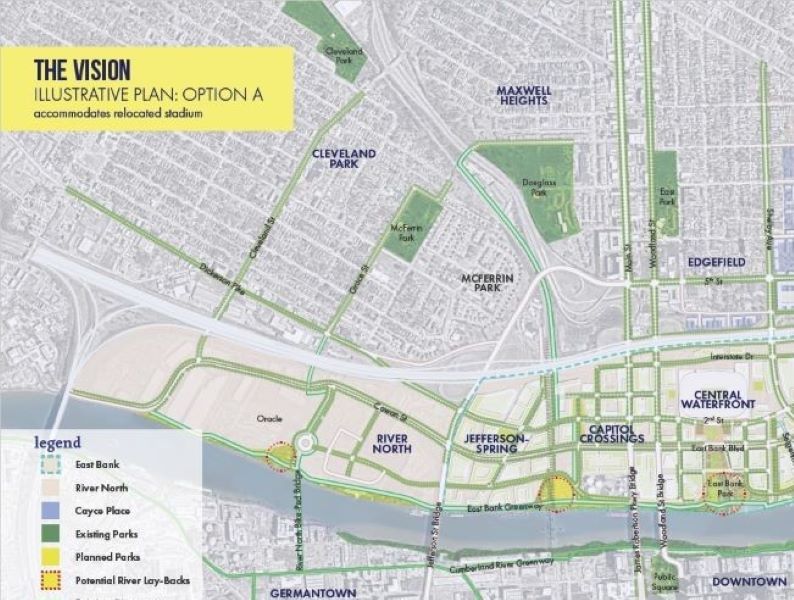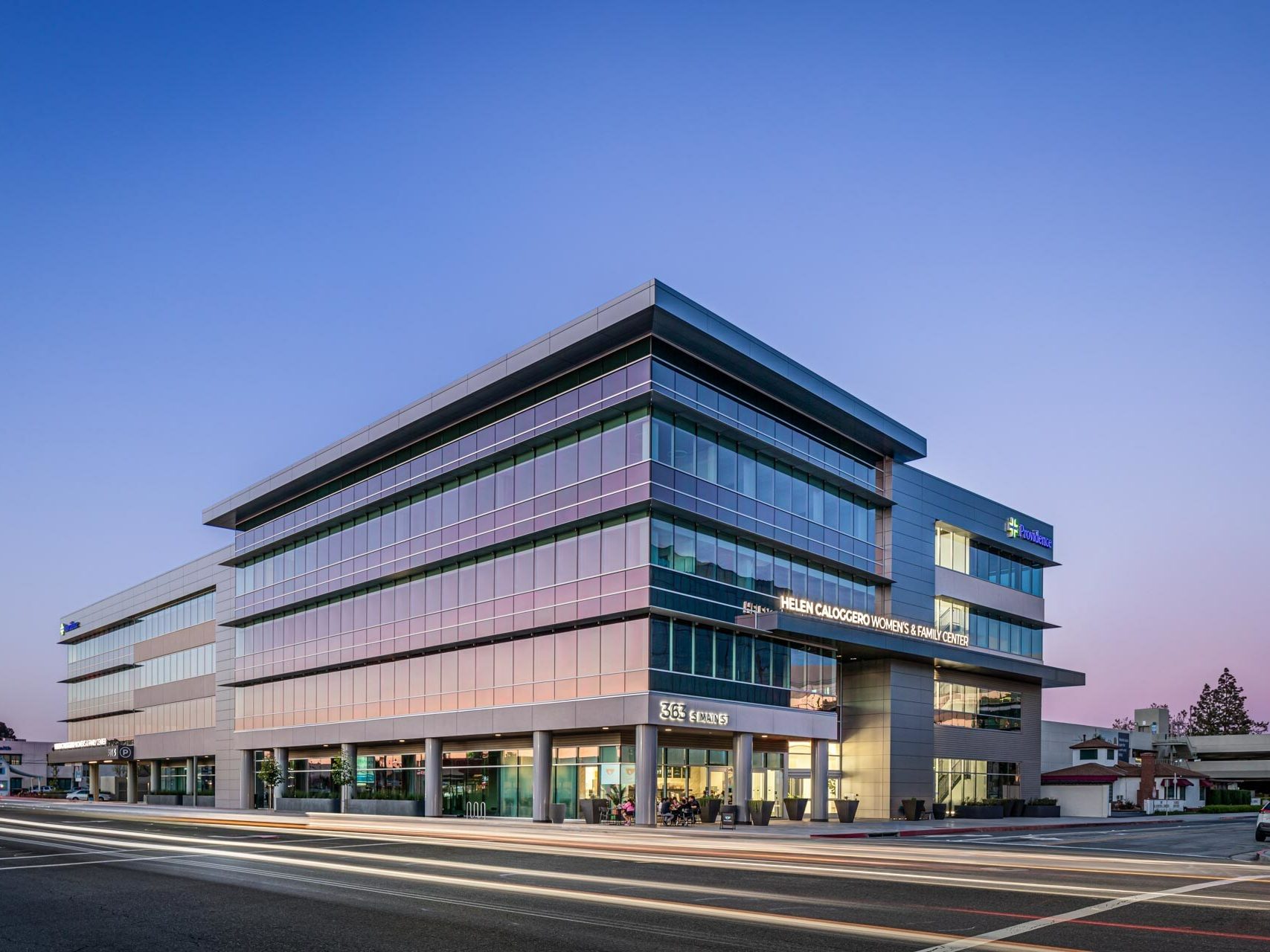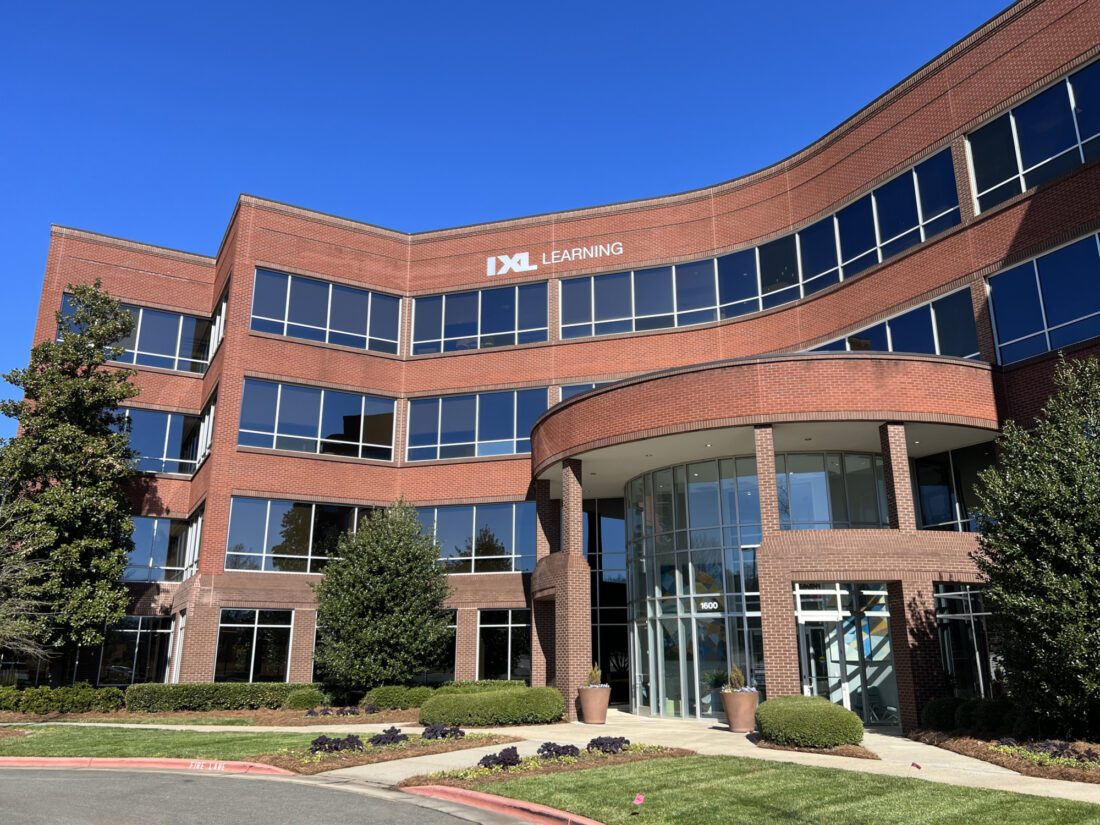CRE’s Search for Deals
While many investors are taking a wait-and-see stance, commercial real estate is naturally an optimistic business. And even distress will drive dealmaking.
Commercial real estate is naturally an optimistic business. After all, it’s about dealmaking, and dealmaking requires a constant search for opportunity. It requires finding deals that pencil, ideally deals that nobody else has identified or deals from which nobody else can derive value quite as well. If the deal is an acquisition, it requires finding the best way to finance it—even in a challenging market, when lenders are reluctant to take a risk. And it requires knowing when to sit back and wait for the right time to move.
Many saw reason for optimism in early November, with the announcement of a surprise inflationary easing in October after five interest rate hikes; it raised hopes that the economy was already turning around. During the CPE Voices webinar a week later, however, Marcus & Millichap president & CEO Hessam Nadji cautioned the elation was very premature. “It’s only one month’s data, it’s not a trend just yet, and we have a lot of distance between where we are today and where the Fed wants to see inflation,” he noted, although he termed it “a foreteller of what will happen when we get real evidence that the inflation wave has topped out.”
In fact, many investors are taking a wait-and-see stance right now, as the Federal Reserve continues to increase interest rates and economists offer varying predictions as to how soon a recession will occur and how deep it will be. Both B+E co-founder & CEO Camille Renshaw and AEW Capital Management CEO Jonathan Martin noted during the webinar that their clients were waiting for interest rates to settle. And Rebecca Rockey, Cushman & Wakefield’s global head of economic analysis & forecasting, told writer Gail Kalinoski for our Nov. 28 article “How a Looming Recession Impacts CRE Deals” that, overall, sales were down 20 percent year-over-year in the third quarter, versus an increase in the first half.
Granted, she noted, the comparisons were to a particularly strong investment market last year. And in keeping with CRE’s characteristic opportunism, the third-quarter drop was not across the board. Some locations were quite active, as were some subsectors—like suburban office sales, which increased while CBD office trades were down. “If your deal pencils out, you have a strong sponsor and strong thesis, the market is there,” affirmed Sam Chandan, director of New York University’s C.H. Chen Institute for Global Real Estate Finance.
Going forward, private investors are likely to number among the more active, according to Nadji. Property sectors offering promise include medical office and life science. The distressed-asset market will also figure more prominently in the new year as more loans come due, Kalinoski noted in her article, with a need for equity and mezzanine debt investment.
Finding opportunity. Making it pencil. Timing things right. That’s what CRE investment is all about.








You must be logged in to post a comment.